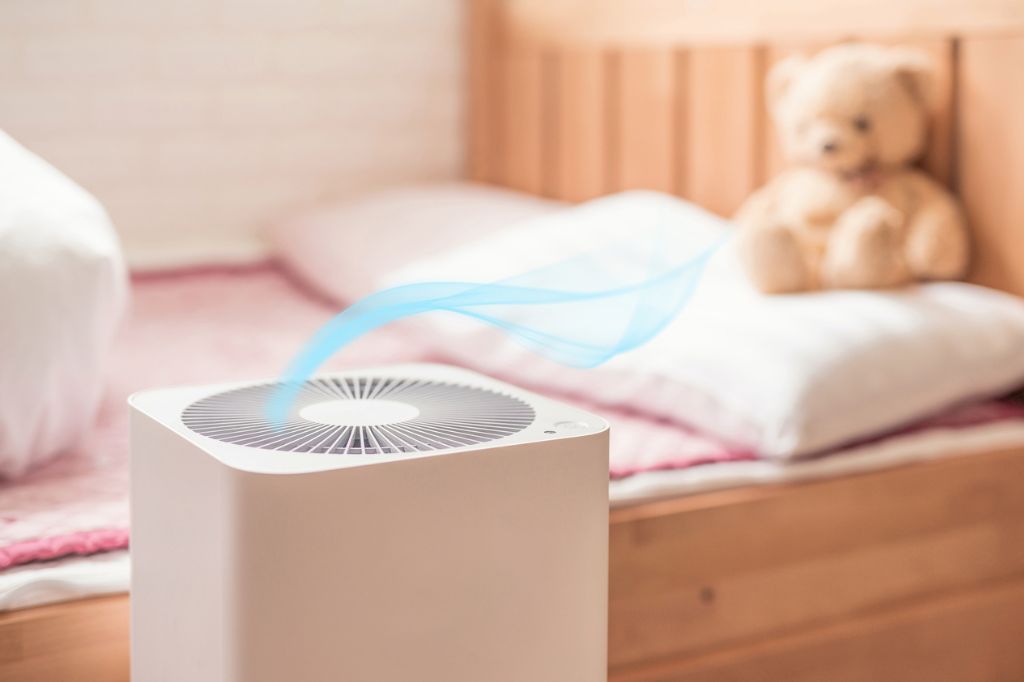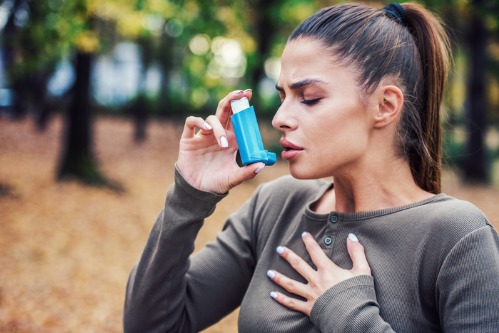
The Connection Between Air Quality and Allergies
Air quality and allergies are closely intertwined, with poor air quality often leading to more severe allergy symptoms. Whether indoors or outdoors, the quality of the air we breathe can significantly impact how our bodies respond to allergens. For those who suffer from allergies, understanding the connection between air quality and allergies is crucial. By recognizing the factors that contribute to poor air quality and taking proactive steps to improve it, you can effectively manage your symptoms and enhance your overall well-being.
How Poor Air Quality Triggers Allergies
The relationship between air quality and allergies is a critical concern for many individuals, especially those with respiratory sensitivities. Pollution, pollen levels, and indoor contaminants collectively influence how our bodies react to allergens. Exploring the dynamics of air quality and allergies allows us to understand the triggers that lead to discomfort and take steps to mitigate their effect.
The Role of Pollen in Air Quality
Pollen is one of the most common allergens and is heavily influenced by air quality. On days when the air is stagnant, pollen levels can rise, leading to increased allergy symptoms such as sneezing, itchy eyes, and a runny nose. High pollution levels may also cause pollen particles to become more aggressive, worsening symptoms.
Smoke and Chemical Irritants
Smoke and chemical irritants are key contributors to poor air quality and can significantly worsen allergies. Cigarette smoke, for example, contains numerous chemicals that irritate the respiratory system, leading to more severe allergy symptoms like coughing and wheezing. Similarly, chemical irritants from household products, such as cleaning agents and air fresheners, release volatile organic compounds (VOCs) that can trigger allergic reactions.
Moreover, wildfire smoke carries particulate matter and toxic chemicals that exacerbate respiratory issues. During wildfire season, allergy sufferers must monitor air quality and minimize exposure.
Dust Mites and Mold: Indoor Air Quality Culprits
Dust mites and mold thrive in environments where indoor air quality is poor. Humidity levels, lack of ventilation, and the presence of pollutants can create the perfect conditions for these allergens to multiply. Dust mites are a common trigger for indoor allergies, severe asthma attacks, and they have also been linked to chronic sinusitis in some studies. Mold can also cause severe reactions, such as respiratory infections and asthma attacks.
Pet Dander and Airborne Particles
Pet dander is a common allergen that plays a significant role in the relationship between air quality and allergies. Even if you don’t own a pet, dander particles can cling to clothing and be carried into your home, affecting indoor air quality. Regular vacuuming and using an air purifier with a HEPA filter can help reduce the amount of pet dander in your living space.
Airborne particles, such as dust, smoke, and pollen, are also major contributors to poor air quality and allergies. To minimize their impact, keep windows closed during periods of high pollen or pollution, and regularly change your HVAC filters to prevent these particles from entering your home.
The Impact of Pollution on Allergies
The interplay between air quality and allergies extends beyond pollen and dust, as various pollutants may also trigger allergic reactions. Understanding how these elements affect our health is vital for allergy sufferers who seek to manage their symptoms effectively. Some common pollutants and their impact on allergies include:
Ozone and Respiratory Health
The ozone layer is essential for protecting us from harmful UV rays, but at ground level, it can be detrimental to respiratory health. Ozone pollution irritates the airways and makes them more sensitive to allergens, making it harder for allergy sufferers to breathe comfortably. Those with existing respiratory issues, such as asthma, are particularly vulnerable to the effects of high levels of ozone pollution.
Particulate Matter and Allergic Reactions
Particulate matter refers to tiny particles in the air that can cause respiratory problems when inhaled. These particles can come from various sources, including exhaust fumes, smoke, and dust. For allergy sufferers, exposure to particulate matter can trigger allergic reactions and lead to more severe symptoms. When air quality is poor, it’s essential to limit exposure to these particles to minimize their impact on allergies.
Tips for Managing Allergies in Poor Air Quality
Managing air quality and reducing exposure to allergens are key steps in minimizing allergy symptoms. Here are some practical tips to help you maintain better air quality and keep allergies under control:
- Monitor Air Quality: Regularly check local air quality reports. On poor air quality days, stay indoors and keep windows closed.
- Use Air Purifiers: Invest in a high-efficiency particulate air (HEPA) filter to remove allergens from your home.
- Keep Indoor Spaces Clean: Regularly clean your home to reduce the accumulation of dust, mold, and pet dander.
- Ventilate Properly: Ensure your home is well-ventilated to reduce humidity and prevent mold growth.
- Consult an allergist: If your allergy symptoms are severe, consult an allergist for personalized treatment and management strategies.
Get Personalized Allergy Care With Northeast Allergy
Don’t let allergies hold you back from enjoying life. At Northeast Allergy, we understand the unique challenges allergy sufferers face and are here to provide you with personalized care and expert treatment options. Whether you’re dealing with seasonal allergies, pet dander, or environmental triggers, our team is dedicated to helping you breathe easier and feel your best. Schedule an appointment and find relief from your allergies.



